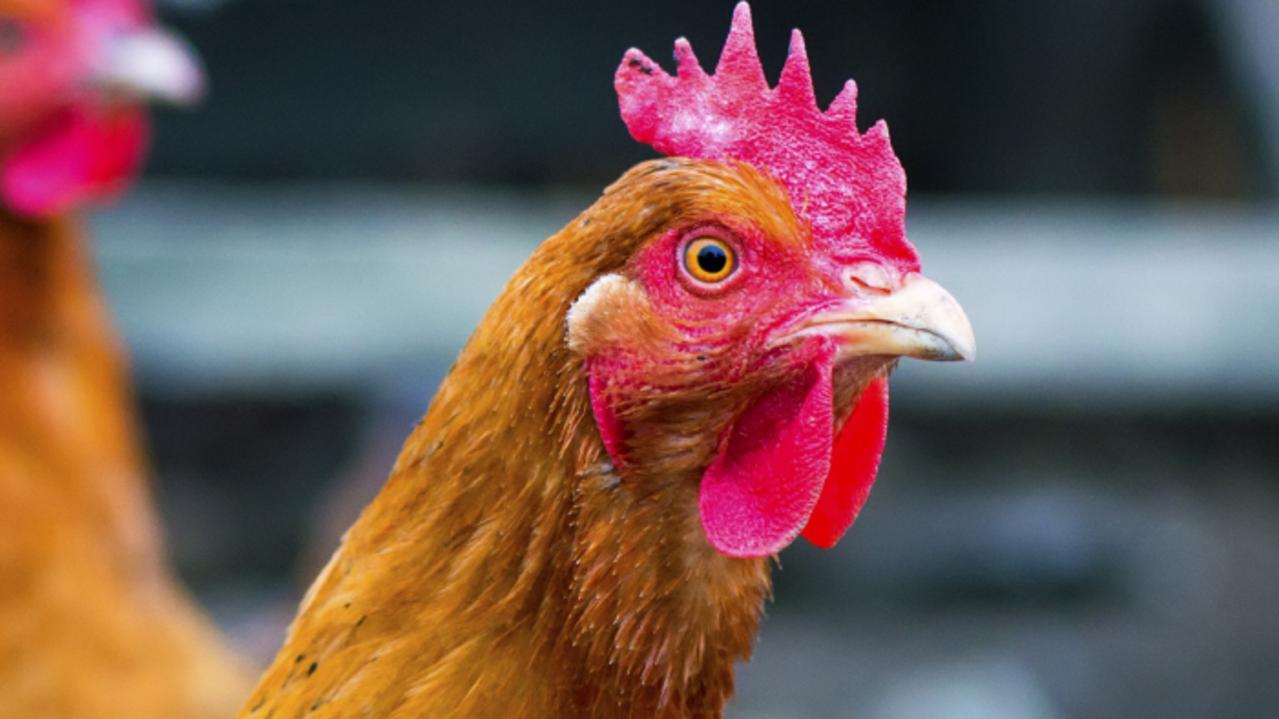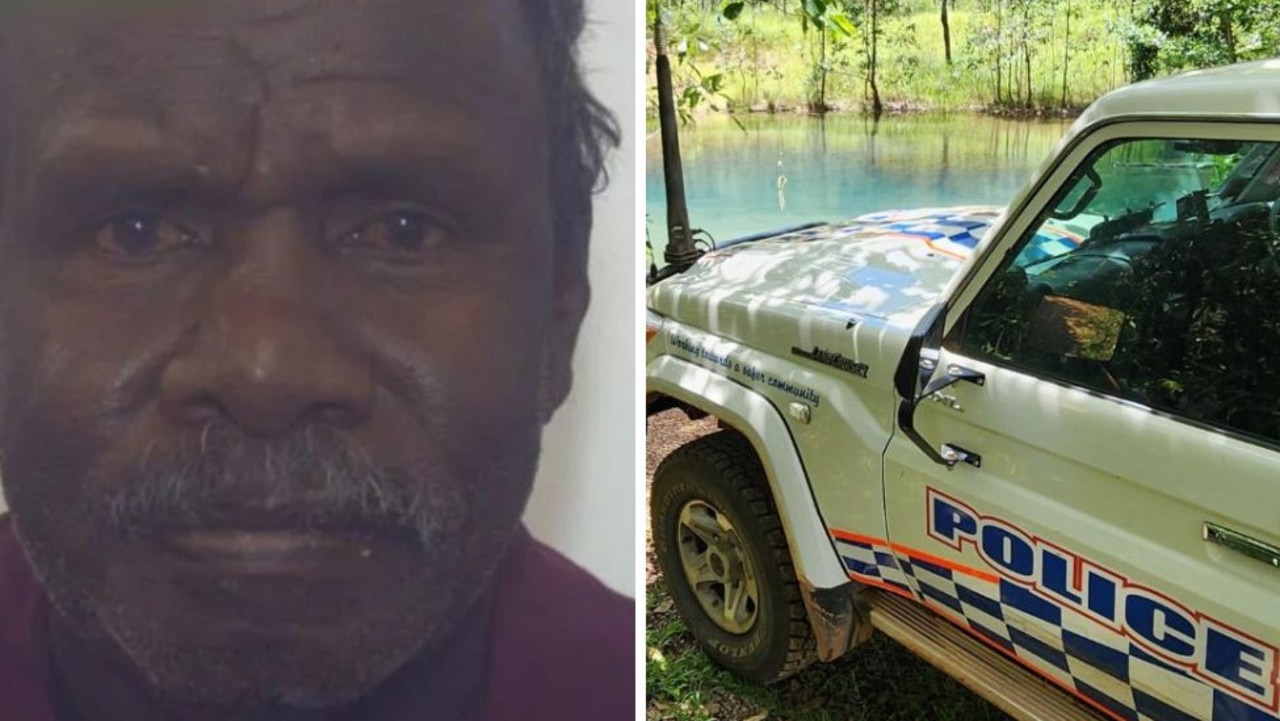Coronavirus: Captured elephants in southeast Asia starving to death amid tourism industry collapse
Large, exotic animals in captivity are starving to death in third world countries, as the COVID-19 pandemic ravages the tourism industry.
Elephants held in captivity in southeast Asia have been on the brink of starvation for months, ever since the COVID-19 pandemic came along and brought the tourism industry to its knees.
These majestic animals have to eat 10 per cent of their body weight daily, which is becoming increasingly difficult given their owners aren’t getting any tourist dollars.
Some elephants face being shot by their owners, to spare them from a slow death by starvation.
Tourism operators are desperately appealing for the general public to help.
RELATED: Zoo considers killing some animals to feed others
RELATED: ‘Barbaric’ act against dead wallaby
DEATH OF THE INDUSTRY
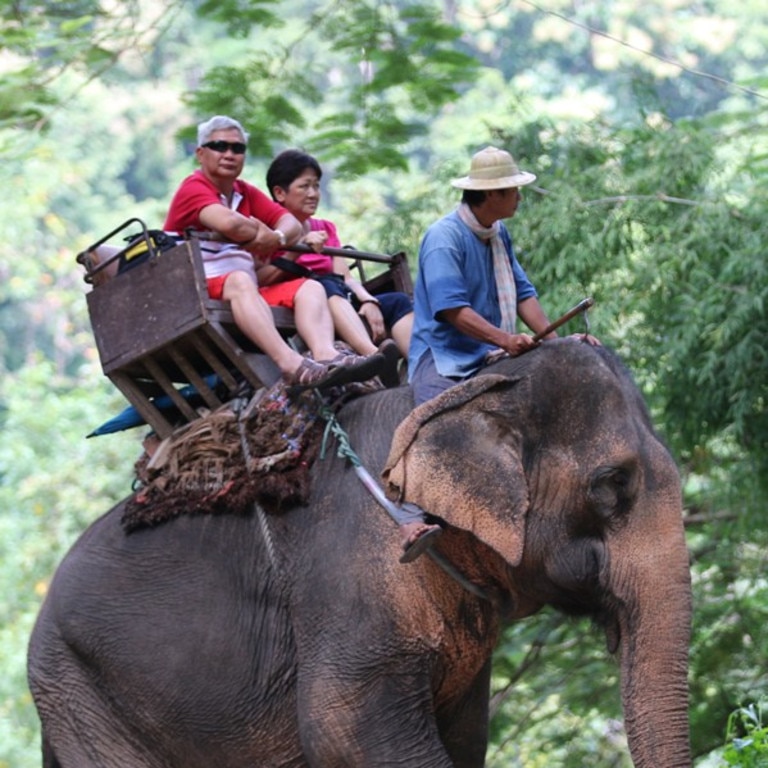
The Thai Tourism Authority reported a 44.3 per cent drop in tourists at the very early stages of the pandemic, in February. That number is only set to worsen as the pandemic continues to unfold.
So far, 85 elephant camps in the north of Thailand have closed their doors, laying off 5,000 staff, according to The World Animal Protection.
Emilie Lemasson, an Aussie who has visited an elephant sanctuary, is concerned about what this means for the elephants.
“I spent time in Chiang Mai (in Thailand) at an elephant sanctuary,” she said on Facebook.
“Even the people who ran that wonderful place agreed that in order for the elephants to survive their owners need income or the animals will be shot.”
THE COST OF FEEDING A FULL-GROWN ASIAN ELEPHANT
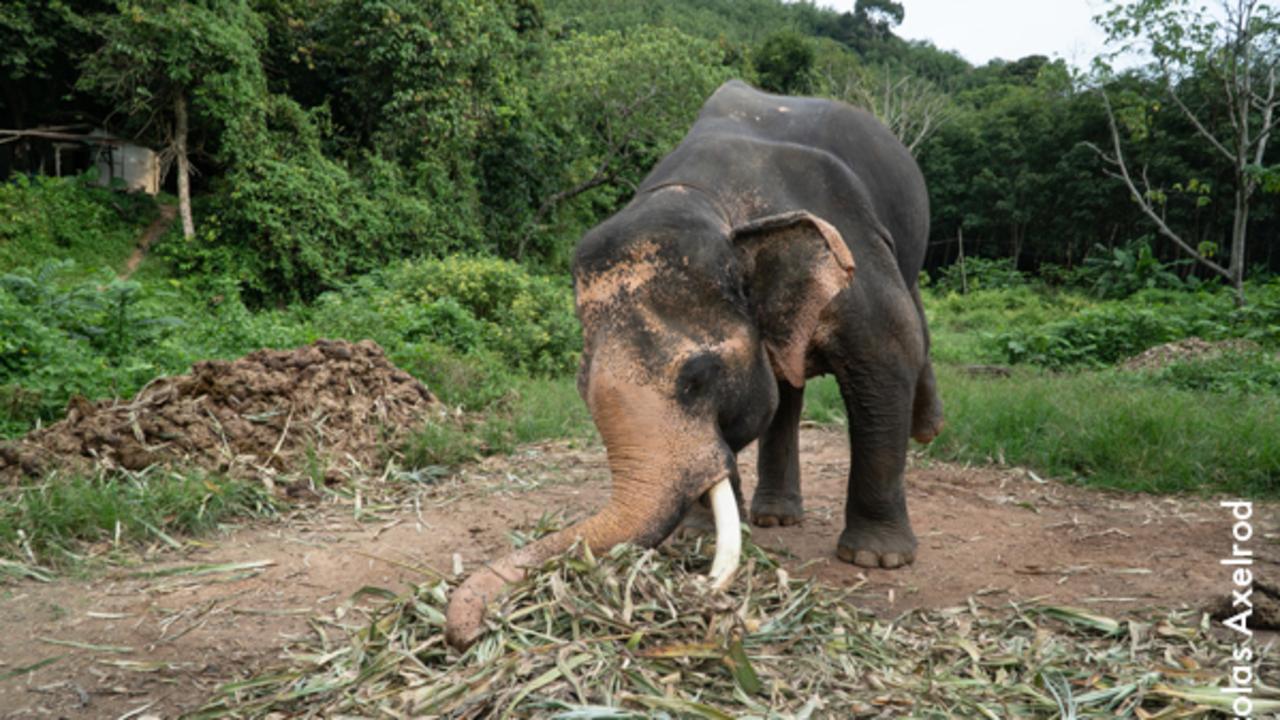
The World Animal Protection has been desperately campaigning for funds, to save the lives of thousands of captive elephants in Thailand, Cambodia and Laos.
“No tourists (and) no money equals no food,” Ben Pearson, the Head of Campaigns for Australia’s branch of the World Animal Protection, told news.com.au.
“All animals cost a lot to maintain.
“And it’s even more expensive with the megafauna like tigers and lions, elephants. Very very expensive.
“The Australian federal government stepped in a while ago with big rescue package for zoos and aquariums.”
However, with an already struggling economy, countries in southeast Asia couldn’t afford to do the same.
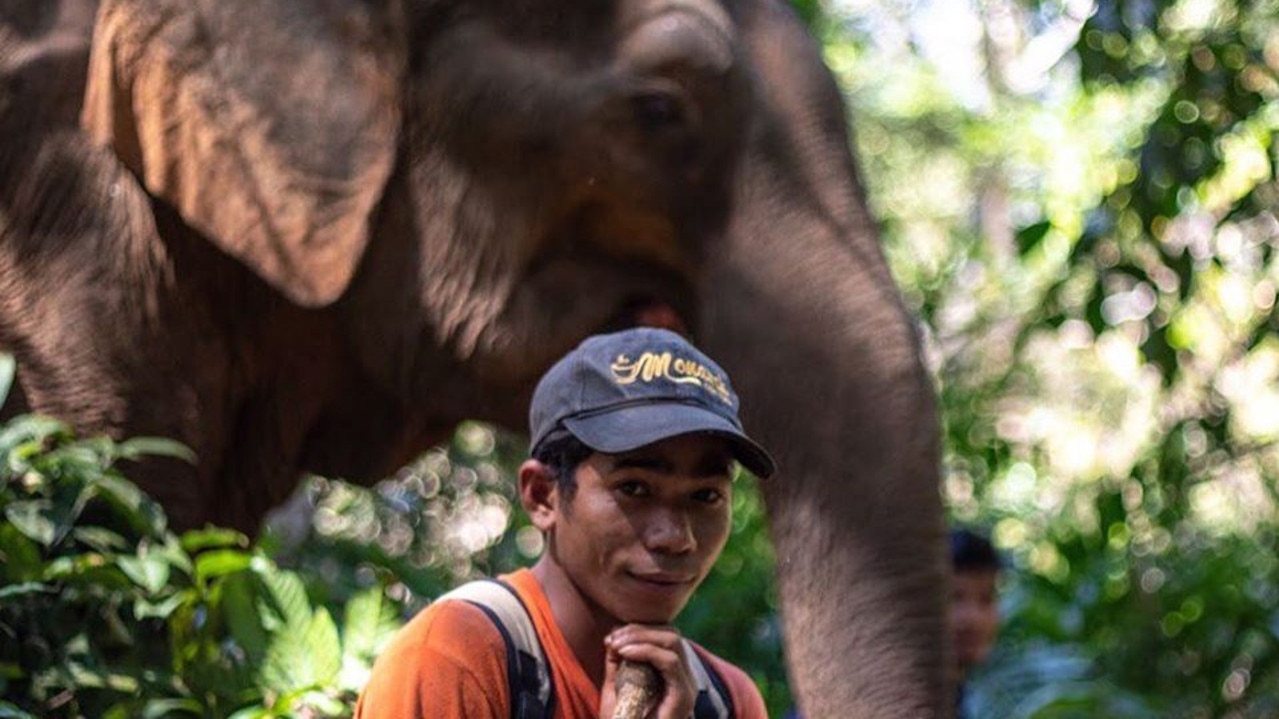
An Asian elephant can weigh up to 4000kg — meaning it needs 400kg of food a day.
“Keep in mind, they eat 10 per cent of their body weight,” Mr Pearson said.
“In fact, they (elephants) only sleep a few hours of night because (since) they’re so big they can't go to sleep because they have to keep eating.
“To feed one elephant, we’re talking AU$150 a week.”
That’s around $8000 a year. Per elephant.
The COVID-19 pandemic also came at the worst possible time for southeast Asia — in its dry season. That means that in some areas, the forest's supply of natural food is completely depleted, making food even harder to come by.
Research conducted by the World Animal Protection in 2016 found that there were 220 captive elephant tourist venues in southeast Asia.
That’s a lot of trunks to feed.
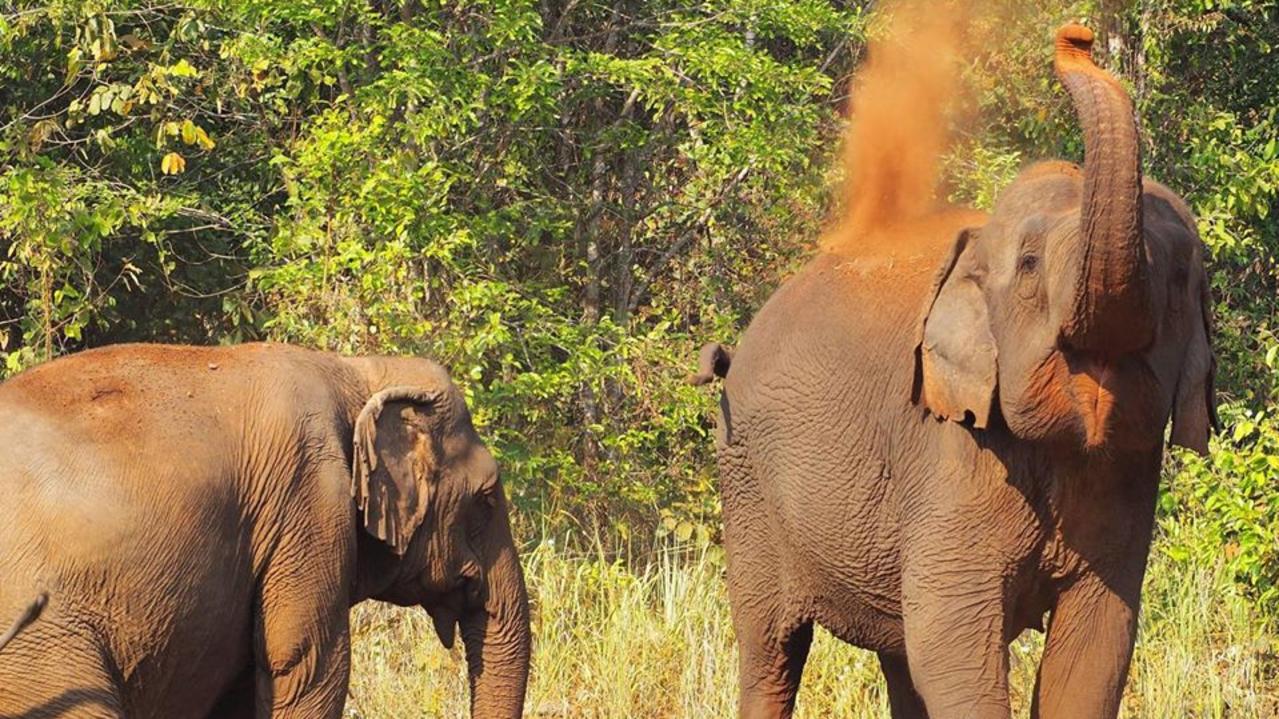
Dr. Jan Schmidt-Burbach, Global Head of Wildlife Research at the World Animal Protection, condemned tourism operators using elephants.
“The current situation highlights very clearly why tourism is no appropriate place for captive elephants,” he said.
“To place such complex, intelligent and endangered animals at the whim of a commercial industry that is so vulnerable to economic fluctuations is simply unacceptable and inhumane.”
WHAT YOU CAN DO TO HELP
The situation might look dire, but animal activist groups like World Animal Protection have discovered ways to help.
They’ve been crowdsourcing money and sending it back to sanctuaries to feed the elephants.
“The food we provide them includes corn stems, pineapple leaves, banana trees, grass to feed the elephants, mango, watermelon, tamarind, Napier grass and salt,” Mr Pearson said.
“As to how much we have raised, it’s enough to continue supporting the elephants until November 2020, by which time we hope some tourism has resumed.
“A lot of these places have set up a Gofundme page – go in there and donate.”
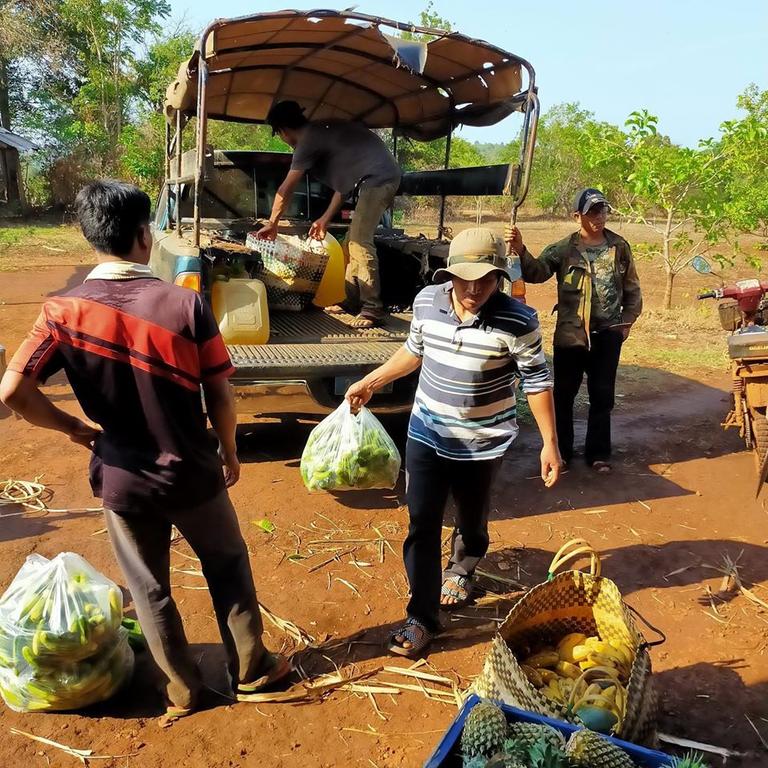
Elephant Valley Project, an elephant sanctuary in Cambodia, has been grateful for the support from generous donors — many of whom come from Australia.
“We wanted to reach out and say a HUGE thankyou to all our donors!” they shared to their Facebook followers.
“Your amazing efforts have gotten us through the first month of this crazy new situation of closed doors, no visitors and still having to look after our elephants!
“It takes a village … to feed our elephants!”
The Elephant Valley project is one out of 11 sanctuaries that the World Animal Protection have managed to help in southeast Asia.
DON’T SUPPORT LOW WELFARE VENUES
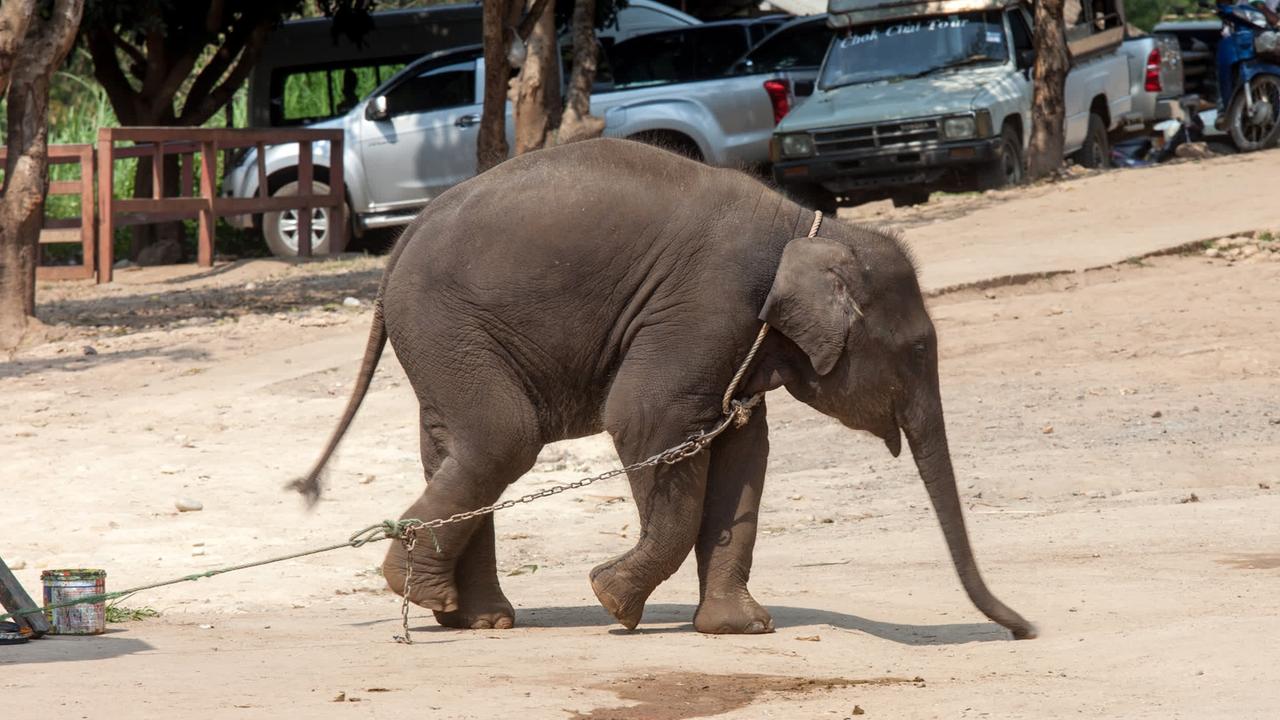
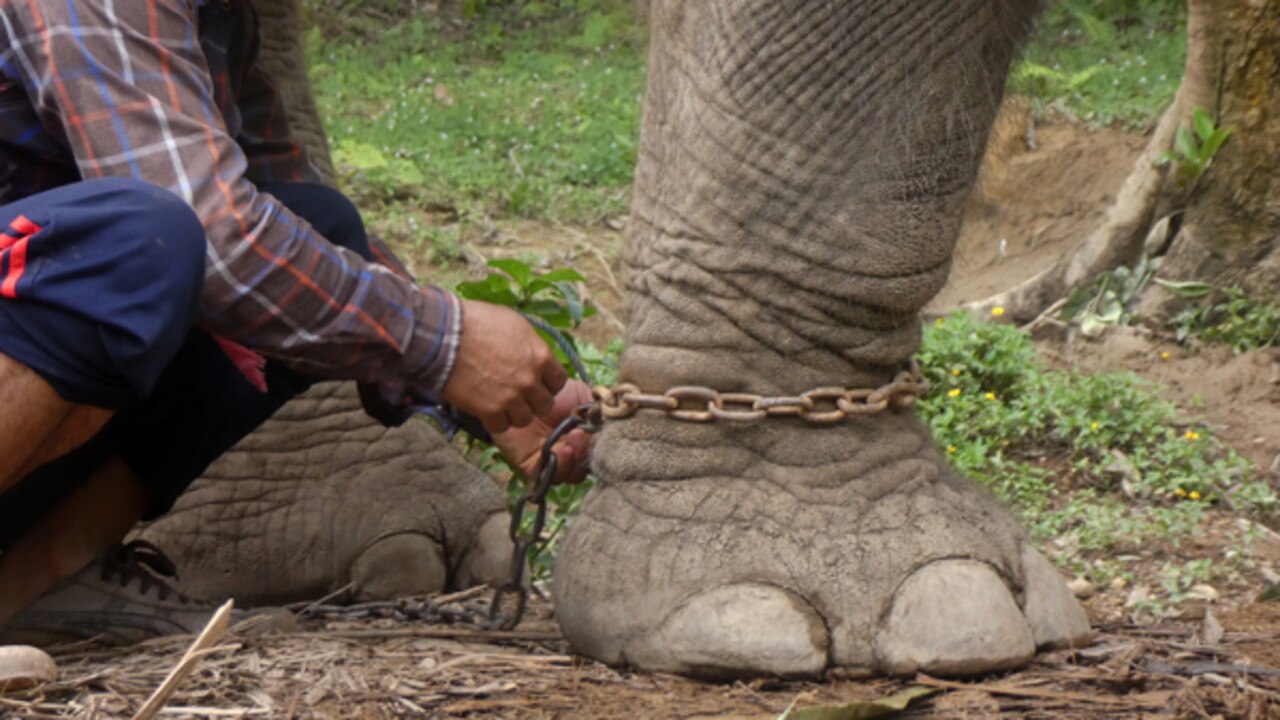
Mr Pearson said this has renewed his organisation’s focus on stopping elephants being unnecessarily taken and bred in captivity.
“You shouldn't keep wild animals in captivity,” he said.
“What we're seeing now is these poor animals who shouldn't have been kept in captivity in the first place are now in trouble.
“They belong in the wild and that’s where they should be.”
Instead of visiting an elephant venue to ride on one or bathe with it, Mr Pearson encourages tourists to go to a sanctuary, where elephants are kept at a safe distance, and are not bred for profit.
“It’s what we call the high welfare elephant industry vs. the low welfare venues,” he explained.
Essentially, some elephants are in genuine sanctuaries, but others are treated cruelly to amuse tourists.
Elephants can suffer daily through constant restraint on chains and also from damaging activities such as riding, bathing or performing tricks.
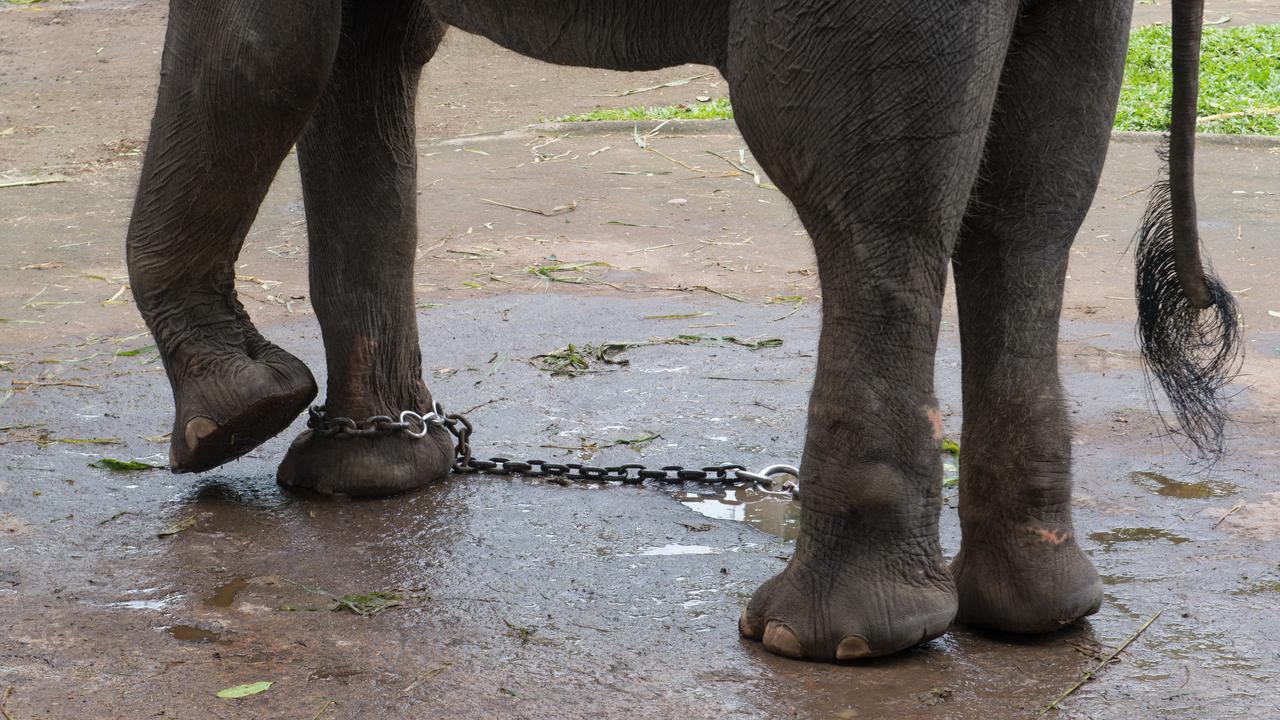
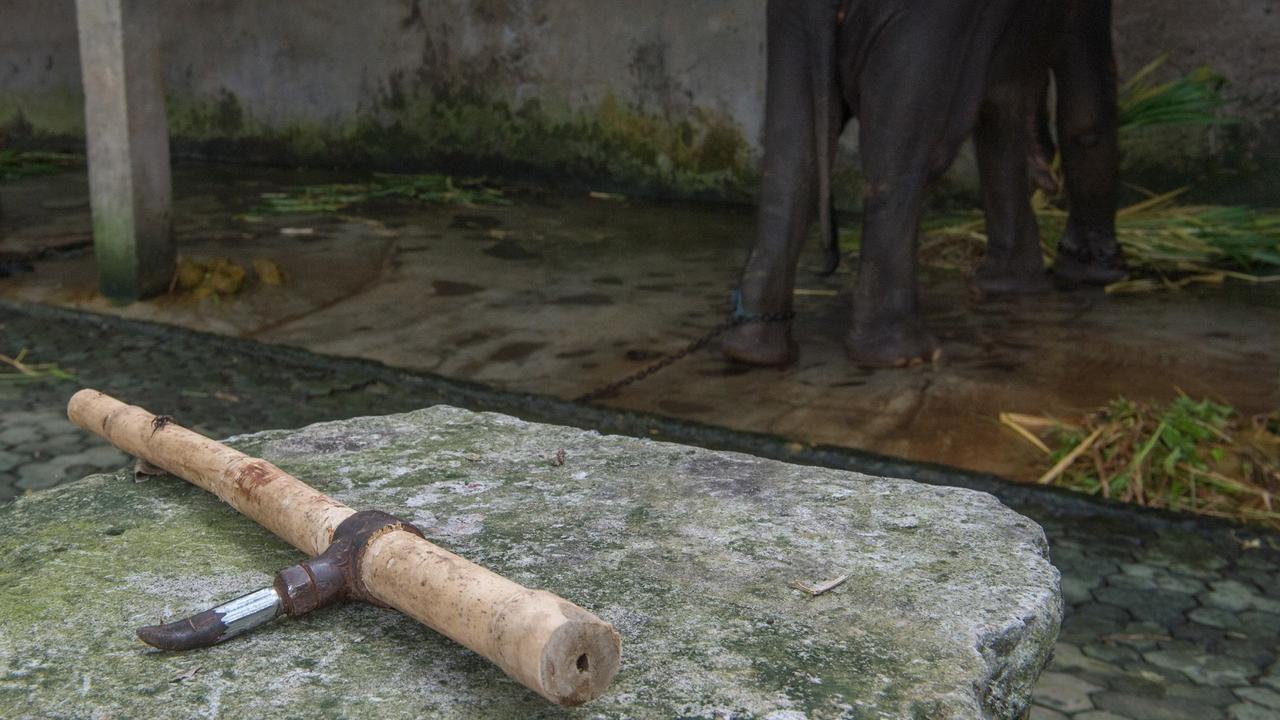
Before coronavirus, the World Animal Protection estimated that approximately 110 million people visited cruel wildlife tourist attractions each year.
Wildlife tourism accounts for up to 40 per cent of all tourism globally.
Continue the conversation | alex.turner-cohen@news.com.au | @AlexTurnerCohen



